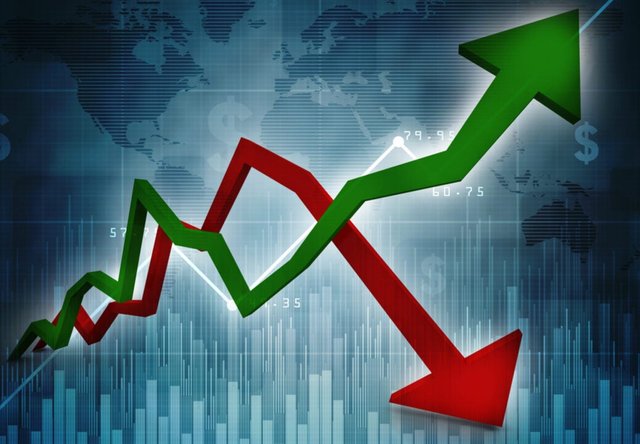Education Financial - Conceptualizations and criteria to be taken into account
When we speak of demand-pull inflation, it is nothing more than that inflation originating on the demand side of the markets as a consequence of an increase in aggregate demand, which causes an increase in real output and the general price level, according to its study it is characterized by a disturbance of demand for products and services caused by alterations in the amount of money in circulation, an increase in the cost of production.

The influence of economic sectors that constitute a series of expenditures that exceed the production capacity, therefore, it is to be expected that an unsatisfied demand will cause prices to rise, attending to this situation the economic policy should promote an increase in productivity and reduce public spending through restrictions.
Some experts say that the key factor in explaining price growth lies in the evolution of aggregate demand, i.e. all those movements of products and services and the amount of money added.
In a market economy, unsatisfied demand can be expected to cause upward pressure on prices. In an open economy, the increase in demand may be met by a similar growth in imports.

The consideration that demand is the determinant of inflation is something on which both monetarists and Keynesians agree. However, they differ in their explanations of the causes of such demand behavior.
I always enjoyed this series of your financial education because I always get to learn something new and learn it effectively. There are a lot of things that most of the time I am learning for the first time